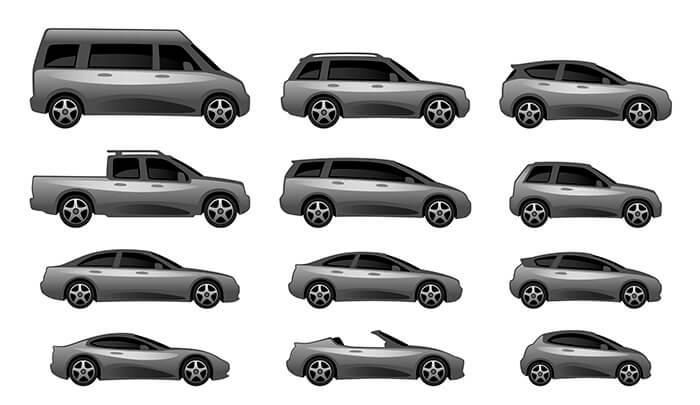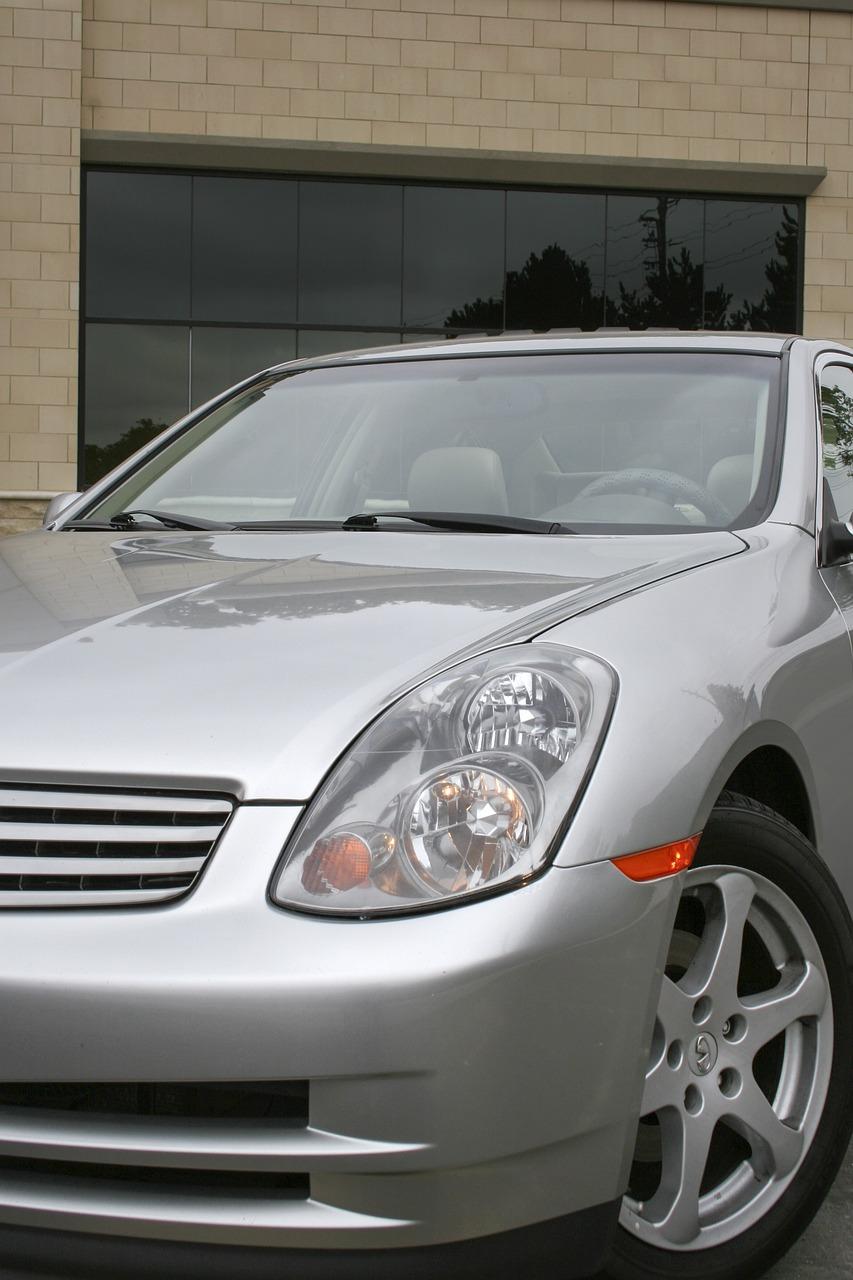Visiting a car dealership can feel like stepping into another world, one filled with the alluring aroma of new cars and the promise of adventure etched into every sleek design. For many, the process might conjure images of negotiation battles and overwhelming choices, leaving potential buyers frazzled and uncertain. But fear not! With a little preparation and knowledge, you can transform what might seem like a daunting experience into an engaging journey toward your next vehicle. In this article, we’ll explore essential insights and practical tips that will empower you to navigate the dealership landscape with confidence, ensuring that you make informed decisions tailored to your needs and budget.whether you’re a first-time buyer or a seasoned car enthusiast, understanding key aspects before you step onto the showroom floor will pave the way for a accomplished and satisfying car-buying experience.
Understanding Your budget and Financing Options
Before stepping into a car dealership, it’s essential to have a clear understanding of your financial situation. Begin by assessing your current budget, which means looking closely at your income, expenses, and any savings you’ve accrued. You’ll want to set a realistic price range for your potential car purchase. Consider the total cost of ownership that includes:
- Monthly payments: Choose a figure that won’t stretch your budget.
- Insurance: Rates can vary significantly based on the car model.
- Maintenance: Some cars require more upkeep than others.
- Fuel: Consider fuel efficiency and current fuel prices.
Next, explore various financing options that align with your budget. While dealership financing can be convenient, compare it with other alternatives like bank loans or credit unions for perhaps better interest rates. It’s also vital to check your credit score, as better scores typically lead to more favorable loan terms.Additionally,below is a simple comparison of common auto financing options:
| Financing Option | pros | Cons |
|---|---|---|
| Dealer financing | Convenient,sometimes offers promotional rates | Frequently enough higher interest rates |
| Bank Loan | Potentially lower interest rates | More paperwork and longer approval times |
| Credit Union loan | Lower costs and personal service | Membership requirements |

Deciphering Dealer terminology and Negotiation Tactics
As you prepare for your visit to a car dealership, understanding dealer terminology can empower you during the negotiation process. Common phrases you might encounter include “MSRP” (Manufacturer’s Suggested Retail Price), which serves as a starting point for negotiations, and “incentives”, which refer to any discounts or promotions offered by the manufacturer. Familiarizing yourself with other terms like “trade-in value” and “APR” (Annual Percentage Rate) can also aid in understanding the broader financial implications of your purchase. Here’s a brief list of some key terms to know:
- Invoice Price: What the dealer pays for the car.
- Financing: The loan options available for purchasing your vehicle.
- Warranties: Coverage for vehicle repairs or defects.
Successful negotiation also hinges on understanding the various tactics dealers may use.Be prepared for lowball offers and pressure tactics, which aim to rush your decision-making. It’s essential to remain calm and stick to your budget while keeping your bottom line in mind. Utilize research data from sources like Edmunds or Kelley Blue Book to justify your stance and ensure you’re getting a fair deal.Consider this simple table that outlines effective negotiation tactics:
| Tactic | Description |
|---|---|
| Be Informed | Know the market value of your desired vehicle. |
| Set Your Limits | Create a budget and stick to it. |
| counter Offer | Don’t accept the first offer; negotiate for a better price. |

Evaluating Vehicle options and Test Drive Essentials
Before making your way to the dealership, it’s notable to consider a variety of vehicle options that suit both your lifestyle and budget. Take time to research the specifications and features of each model that piques your interest. Focus on attributes such as fuel efficiency, safety ratings, and resale value. Make a shortlist of vehicles that stand out to you and align with your needs, allowing for a more streamlined experience at the dealership. You can use various online resources and consumer reviews to get insights into the pros and cons of specific models.
Once you’ve narrowed down your options, scheduling a test drive is crucial in understanding how a vehicle feels on the road. Pay attention to the following test drive essentials during your visit:
- Comfort and Ergonomics: Ensure that the seats and driving position suit you.
- Driving experience: Evaluate acceleration, braking, and handling.
- Noise Levels: Notice how quiet or loud the cabin is during acceleration and idling.
- Visibility: Check sightlines and the ease of parking.
To assist in your comparison, it might be helpful to keep a simple table tracking your impressions of each car during test drives:
| Vehicle Model | Comfort Rating (1-5) | Driving Experience (1-5) | Noise Level (1-5) |
|---|---|---|---|
| Model A | 4 | 5 | 3 |
| Model B | 5 | 4 | 4 |
| Model C | 3 | 3 | 5 |

Post-Purchase Considerations and Maintenance Tips
Once you’ve driven off the lot with your new car,your responsibilities as a car owner have just begun. Regular maintenance is crucial to ensure longevity and performance.Consider establishing a routine that includes the following essential tasks:
- Oil Changes: Change the oil every 3,000 to 5,000 miles, depending on your car model.
- Tire Rotations: Rotate tires approximately every 5,000 to 7,500 miles to ensure even wear.
- Brake Checks: Regularly inspect brake pads and discs for wear and tear.
- Fluid Levels: Check coolant, brake, and washer fluid levels regularly to maintain optimal function.
Moreover, keep an eye on your vehicle’s performance and address any unusual noises or dashboard warnings promptly.Routine cleaning, both inside and outside, not only enhances the aesthetic appeal but also helps maintain the paint job and interior fabrics. Here’s a quick reference table for some important post-purchase checks:
| Check type | Frequency | Notes |
|---|---|---|
| Oil Level | Monthly | Use dipstick to check; top off if necessary. |
| tire Pressure | bi-Weekly | Ensure pressure matches manufacturer recommendations. |
| Battery Health | Every 6 Months | Check terminals for corrosion; ensure it’s properly charged. |
| Wiper Blades | Every 6-12 Months | Replace them if streaking occurs. |
Key Takeaways
As you prepare to step into the lively world of car dealerships,remember that knowledge is your greatest ally. Armed with research, a budget, and a clear understanding of your needs and wants, you are well-equipped to navigate the bustling showroom floor. Whether you’re seeking the latest model, a reliable used vehicle, or exploring financing options, every detail matters.Embrace the experience with confidence and clarity,and don’t hesitate to ask questions—each inquiry is a step towards making an informed decision.
As you embark on this journey, keep in mind the importance of patience and open-mindedness. The right car is out there waiting for you, and with the tips shared in this article, you’ll be ready to find it. Happy car hunting, and may your next visit to the dealership be a rewarding one!
